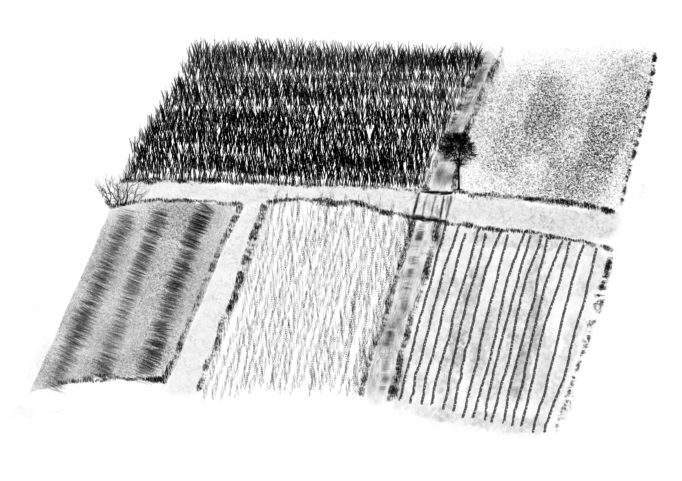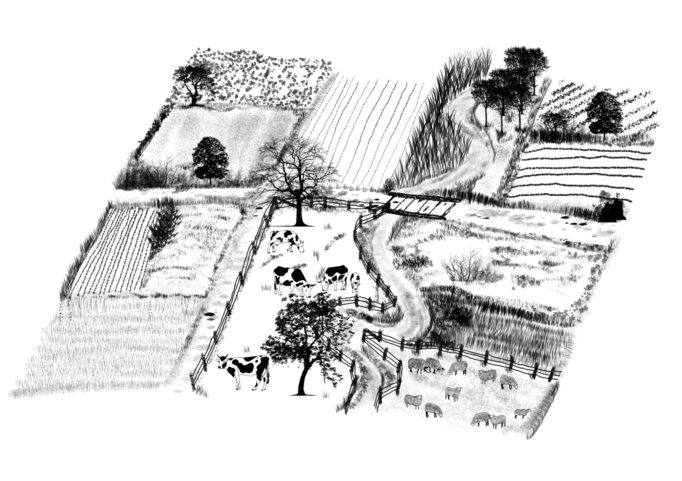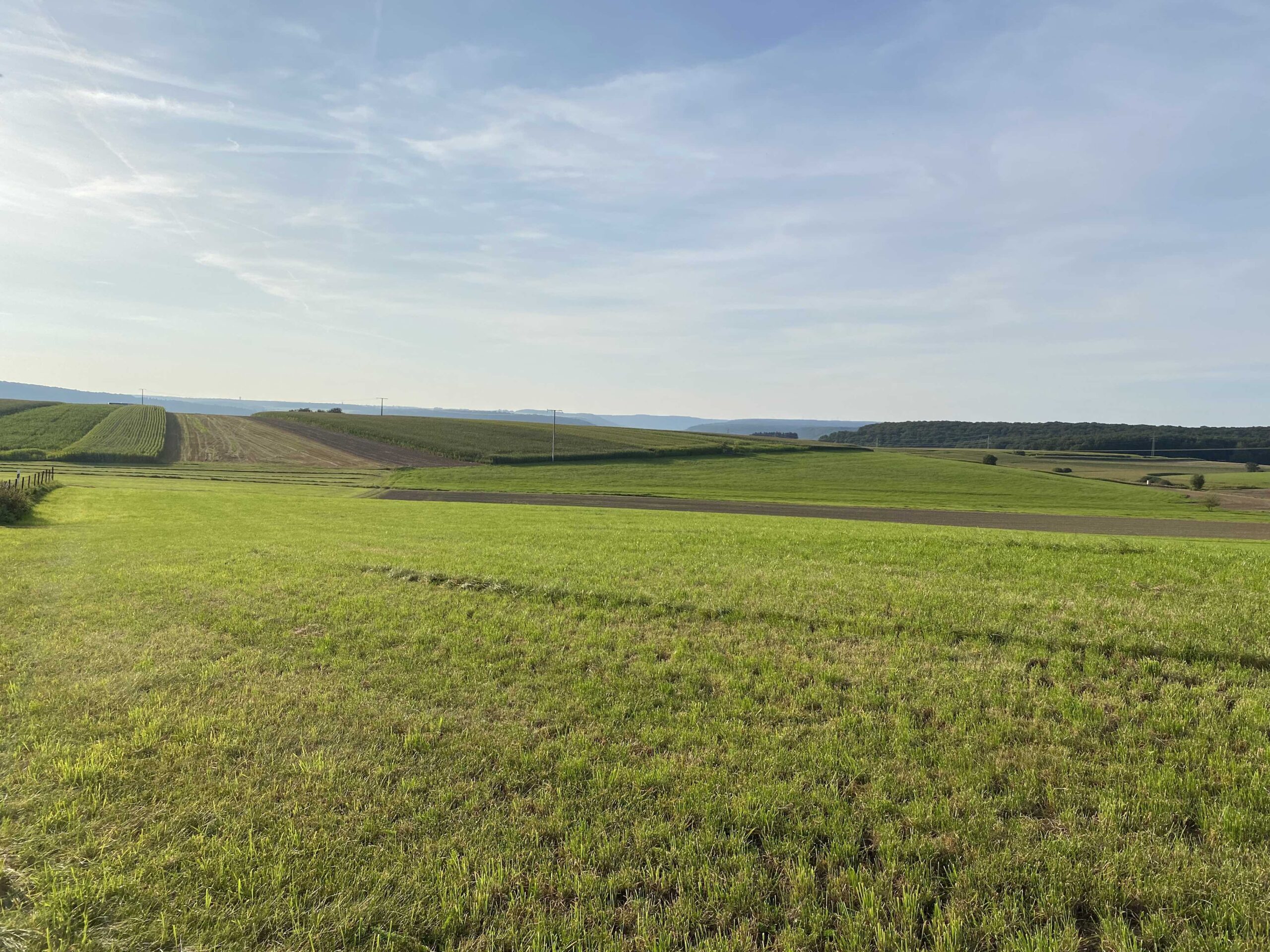In most of our landscape, structures such as hedges, trees and edges have disappeared. The large farming units have the consequence of a uniform cultural landscape. This provides a habitat for only a few animal and plant species and there are very few ecological niches. The use of pesticides has an additional negative impact on the quality of the habitat, especially for insects. Insects form the food base for many animals, including the target species of the Life Bats & Birds project.

A richly structured landscape offers many different ecological niches and thus a habitat for a variety of species. Diverse vegetation creates zones with different conditions, for example in light irradiation, temperature and humidity. Smaller management units with different uses create a mosaic with a large number of different plant and animal species. The target species of the Life Bats & Birds project also prefer a landscape mosaic as a habitat.


